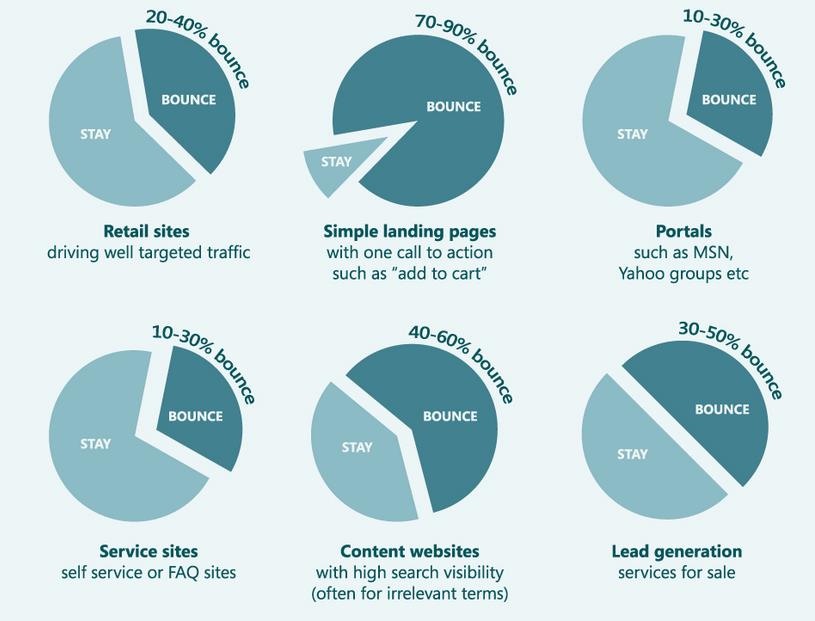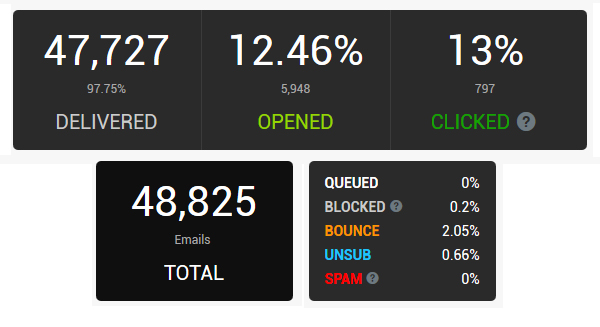

Reduce Your Bounce Rate
What is a bounce rate? Bounce rate describes the percentage of people who visit one page of your site and then leave without browsing any other pages. This is based off any page that they visit, which is known as the landing page. Most of the time a visitor will click the back button, close the browser, or enter a new URL. This will all be counted as a bounce. There are exceptions though. If you have a single page site then obviously you’ll have a 100% bounce rate. Some sights like those featured on stumbleupon.com expect to have a high bounce rate because the visitors quickly find what they want and leave. Most of the time having a high bounce rate is not good.
Reducing the rate
The real goal of reducing your bounce rate lies in drawing the right kind of traffic to your website. If you are interested in retaining traffic and getting people to browse on your site there are some things you can do to achieve this. A reduction in bounce rate usually means that people are browsing your site more than before. Following are some tips to help you keep a low bounce rate.
Measure your bounce rate
You can measure your bounce rate using web analytic tools such as Google Analytics. If your bounce rate is 65%, then that means 65% of your visitors are viewing one page and then leaving. If you have WordPress, Drupal or another CMS there are all sorts of extras and add-ons you can choose from. Start with a reputable tools like Google Analytics and move on from there.
Search Engine Optimization
SEO is a term that gets thrown around so much many people dismiss it as nothing but a buzz marketing word. But following best SEO practices and experimenting with strategies can help you retain traffic on your website. SEO isn’t rocket science, but it will take some time and work. There are and endless combination of things you can do to draw more traffic and make your site more visible. If you have more money than time, consider hiring an expert to help you with your SEO strategy. Below are some areas in which you can focus your efforts.
Page Loading
Long load times for your pages can send visitors packing right off the bat. Run the latest stable versions of the software used to run your site including: MySQL, PHP, Apache ect. Optimize and test the media on your site to run in all browsers.
Server Load
Make sure that you have chosen the right kind of host server for your site. If you have a large site with tons of traffic, you need to consider dedicated hosting. Configuring your server improperly can really hurt the performance of your site.
Images
You don’t want your graphics or images overloading the server. Find the right balance between quality and the size of your images. Remove any unnecessary images and come up with a caching solution to handle long image loads.
Optimize for Mobile
In 2014 over 60% of all the traffic on the internet was reported to come from mobile devices. With an ever growing number of tablets, phones, smartwatches and other devices connecting to the internet, it would be foolish not to optimize your content for mobile devices.
Content
Content is still king. Especially in the eyes of Google’s web crawlers. Having a responsive website that looks professional and looks amazing isn’t all you need. If you don’t have useful and engaging content people won’t visit your site. While it is extremely important to provide users with a pleasant browsing experience content should come first. I still visit sites that look they were built on a 56.6k dialup modem just because I find their content useful. This may be an extremum example but it rings true.


